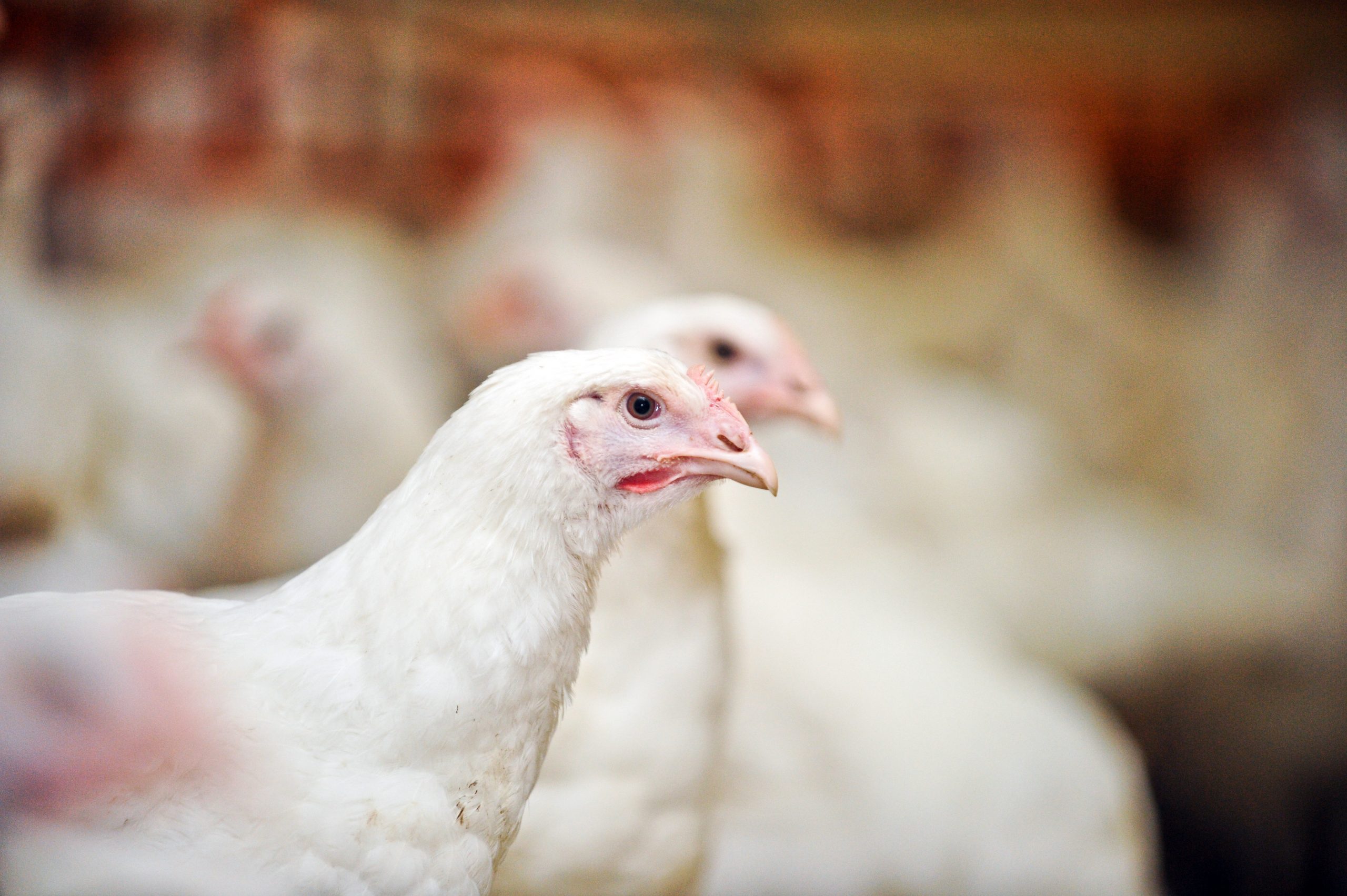Effect of mealworms on broiler growth and organs

Insects contain an interesting nutrient profile. But do chickens actually become healthier when insect meal is added to the diet? Insect researchers delved into this.
Insect meal show promise as a new, alternative protein source for livestock. Currently, the considered most valuable insect species to be used in livestock feeds are Hermetia illucens L. (black soldier fly), Musca domestica L. (common house fly), Tenebrio molitor L. (yellow mealworm), Bombyx mori L. (silkworm) and several grasshoppers (Van Huis, 2013). In particular, Tenebrio molitor (TM) and Hermetia illucens have recently been used in poultry. However, the implications of their utilisation on poultry health and gut development are still very limited.
Larvae meal tested in female Ross chickens
The study described here, published in the Journal Animal Feed Science and Technology, was to evaluate the animal performance, haematochemical parameters, intestinal morphology and histological features of broiler chickens fed diets including Tenebrio molitor (TM) larvae meal. A basal diet based on corn meal, corn gluten meal and soybean meal was formulated and served as control (C) group, while 50, 100 and 150 g/kg full-fat TM larvae meal inclusion as a partial replacement of soybean meal, corn gluten meal and soybean oil constituted the three experimental treatment groups (TM5, TM10 and TM15). A total of 160 female broiler chicks (Ross 708) at one-day of age were randomly allotted to these four dietary treatments. Growth performance and haematochemical parameters were measured during 40 days and after slaughter, morphometric investigations were performed on the organs.
Highest inclusion level not always the best results
The researchers showed that the live weight of the birds receiving the 150 g/kg insect meal was higher at day 12, compared to the other trials groups and the control. However, the live weight was less at day 40 of the trial. At day 40, the highest live weight was seen in the chickens with 50 gramme group. The average daily gain was improved from day 1- 12 when more insect meal was added to the diet. But looking at the whole period (day 1-40), the birds in the 50 gramme group had the highest average daily gain (71.68 grams). Looking at daily feed intake, the researchers observed that the birds in the 150 gramme group had the highest feed intake over the whole period (225.28 grammes), followed by the 50 gramme group, the 100 gramme group and the control. Feed conversion rate was the most favourable in the control group (over the whole period).
Slaughter characteristics
After slaughter, carcass weight and organ characteristics were measured. It was shown that the carcass weight (in grammes) was the highest in the 50 gramme group and the lowest in 150 gramme group. The carcass weight as % of the liveweight was most favourable in the 100 gramme group. The abdominal fat percentage (% of liveweight) was the highest in the 100 gramme group and the lowest in the control group. Overall, the majority of the carcass traits of the broilers in the present trial were not influenced by dietary TM meal inclusion. The majority of footpad dermatitis (FPD) scores obtained in the present trial was zero and no differences were found in relation to TM meal utilisation. This is a positive result, since a low prevalence and severity of FPD is highly desirable as far as health of birds and product quality are concerned.
Conclusion
In conclusion, the present study suggests that increasing levels of dietary TM meal inclusion in female broiler chickens diets may improve body weight, weight gain and feed intake, but can partially worsen feed efficiency. However, positive effects on carcass traits and haematochemical parameters are observed, along with no negative influence on gut morphology and histological findings. These results confirm previous data concerning the safety of TM utilisation in poultry feed, even if legislative issues are still needed to allow insect meal to be used as transformed animal protein to feed monogastric farm animals.











